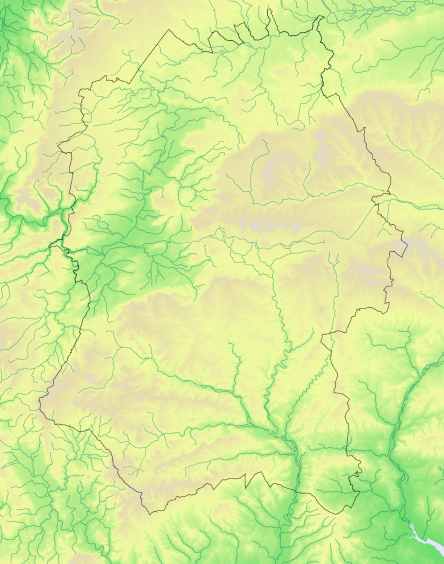Dunnock Prunella modularis
Breeding distribution change
Still common and widespread resident, though decreasing Britain as a whole
Atlas species lists
- Breeding distribution 1995–2000
- Summer abundance 1995–2000
- Winter distribution 1995–2000
- Winter abundance 1995–2000
- Breeding distribution 2007–2012
- Summer abundance 2007–2012
- Winter distribution 2007–2012
- Winter abundance 2007–2012
- Breeding distribution change
- Summer abundance change
- Winter distribution change
- Winter abundance change
More Dunnock maps
- Breeding distribution 1995–2000
- Summer abundance 1995–2000
- Winter distribution 1995–2000
- Winter abundance 1995–2000
- Breeding distribution 2007–2012
- Summer abundance 2007–2012
- Winter distribution 2007–2012
- Winter abundance 2007–2012
- Breeding distribution change
- Summer abundance change
- Winter distribution change
- Winter abundance change
More maps for this atlas
Map explanation
This map shows where changes occurred in the breeding season distribution of the species in Wiltshire between 1995-2000 and 2007-2012, as revealed by the fieldwork for Birds of Wiltshire (Wiltshire Ornithological Society 2007) and the shared fieldwork for Bird Atlas 2007-2011 (BTO 2013) and for Wiltshire Tetrad Atlas 2007-2012.
Gains and improvements
Status
Nos tetrads

Absent to present
41
4%

Present to breeding
125
14%

Absent to breeding
15
2%
No change
Status
Nos tetrads

Present in both
104
11%

Breeding in both
341
37%
Losses and declines
Status
Nos tetrads

Present to absent
16
2%

Breeding to present
227
25%

Breeding to absent
26
3%
Dunnocks breed in Asia Minor across to Iran but otherwise only in Europe east to the Urals, excluding Iceland and also much of Ukraine and the southern parts of Mediterranean countries. North and east European Dunnocks migrate south in winter, some reaching Mediterranean islands and north Africa. British Dunnocks on the other hand are sedentary.
In Britain they are absent only from treeless stretches of the Scottish Highlands and from parts of the Outer Hebrides and the Northern Isles, and there has been little change in range since the 1968-72 Breeding Atlas.There was however a 46% population reduction in the last quarter of the 20th century, the causes of which remain little understood. There has been some recovery in numbers since then and they remain one of the country's commonest birds.
In Wiltshire they are common and widespread, absent only from a few areas, such as the open expanses of Salisbury Plain, where their favoured habitat - low dense cover - is missing. Birds of Wiltshire recorded them in 839 tetrads with breeding in 594 of them. WTA2 recorded them in 853 tetrads with breeding in 481.
References
The following references are used throughout these species accounts, in the abbreviated form given in quotation marks:
“1968-72 Breeding Atlas” – Sharrack, J.T.R. 1976: The Atlas of Breeding Birds in Britain and Ireland. T. & A. Poyser
“1981-84 Winter Atlas” – Lack, P.C. 1986: The Atlas of Wintering Birds in Britain and Ireland. T. & A. Poyser
“1988-91 Breeding Atlas” – Gibbons, D.W., Reid, J.B. & Chapman, R.A. 1993: The New Atlas of Breeding Birds in Britain and Ireland 1988-91. T. & A. Poyser
“Birds of Wiltshire” – Ferguson-Lees, I.J. et al. 2007 : Birds of Wiltshire, published by the tetrad atlas group of the Wiltshire Ornithological Society after mapping fieldwork 1995-2000. Wiltshire Ornithological Society.
“Bird Atlas 2007-2011” – Balmer, D.E., Gillings, S., Caffrey, B.J., Swann, R.L., Downie, I.S. and Fuller, R.J. 2013: Bird Atlas 2007-2011: the Breeding and Wintering Birds of Britain and Ireland
“WTA2” – ("Wiltshire Tetrad Atlas 2 ") the present electronic publication, bringing together the Wiltshire data from “Birds of Wiltshire” and “Bird Atlas 2007-11”, together with data from further fieldwork carried out in 2011 and 2012.
"Hobby" - the annual bird report of the Wiltshire Ornithological Society.

